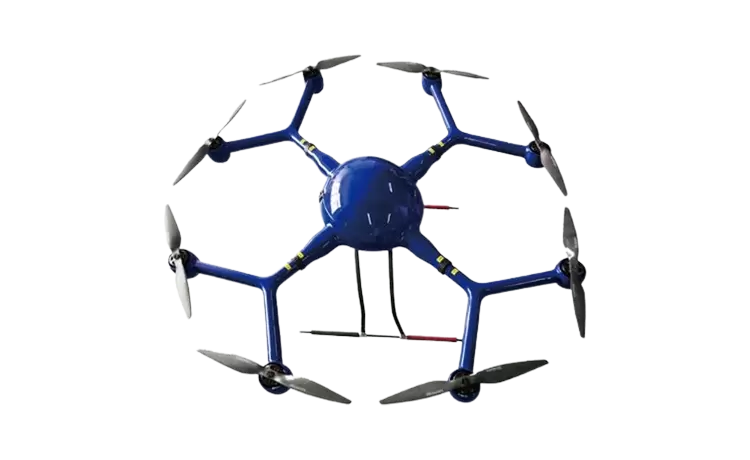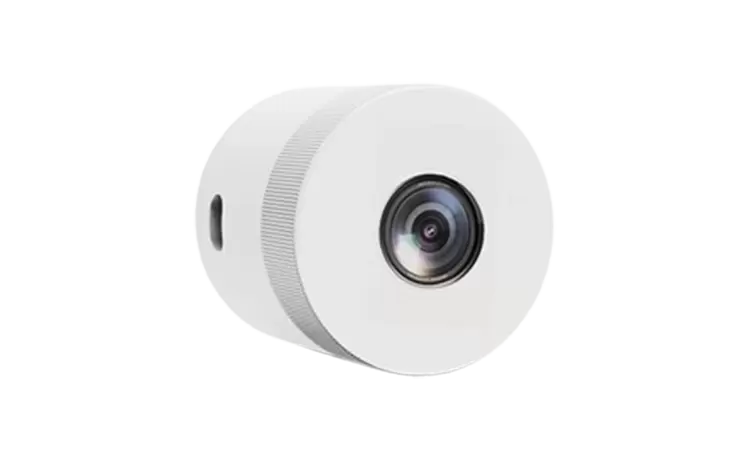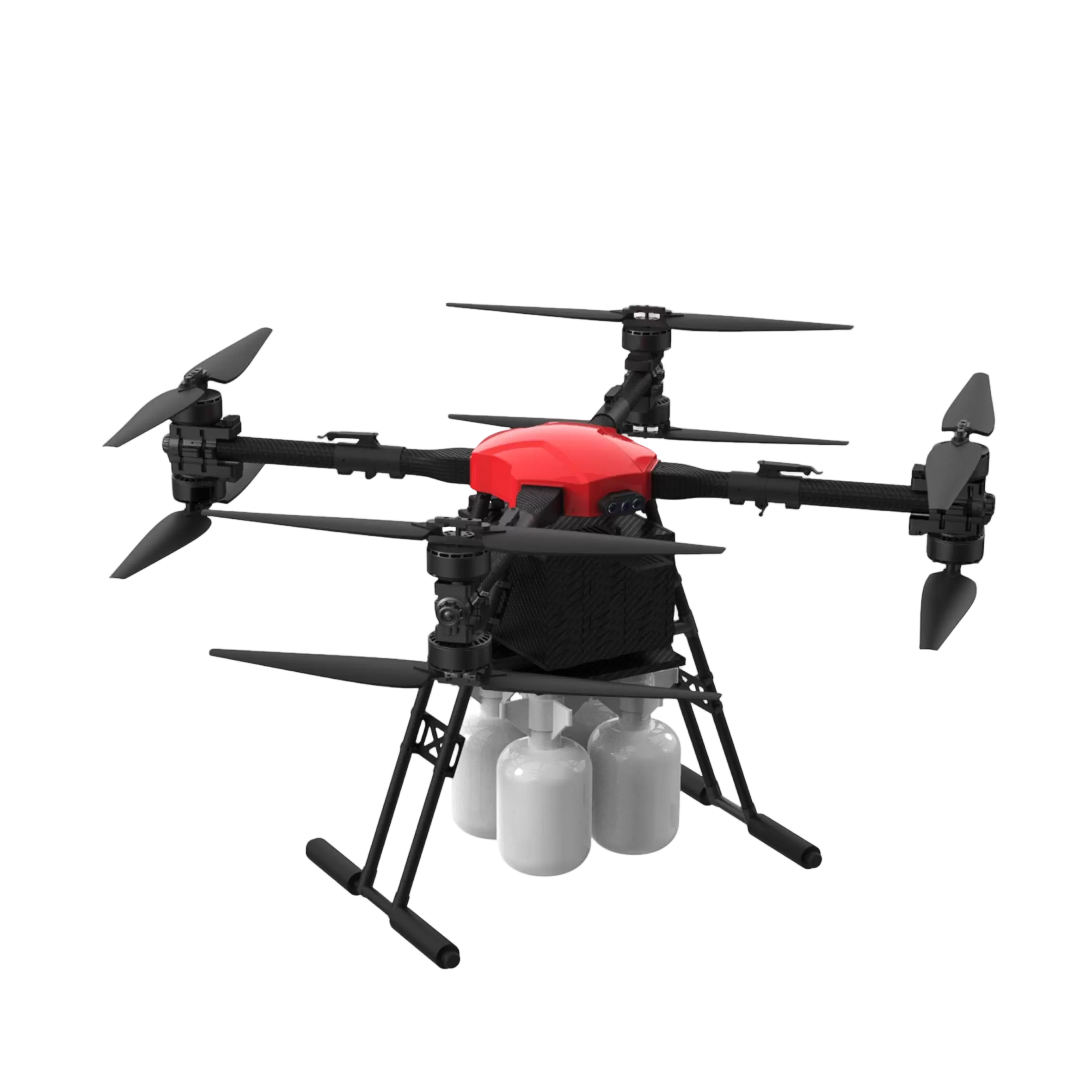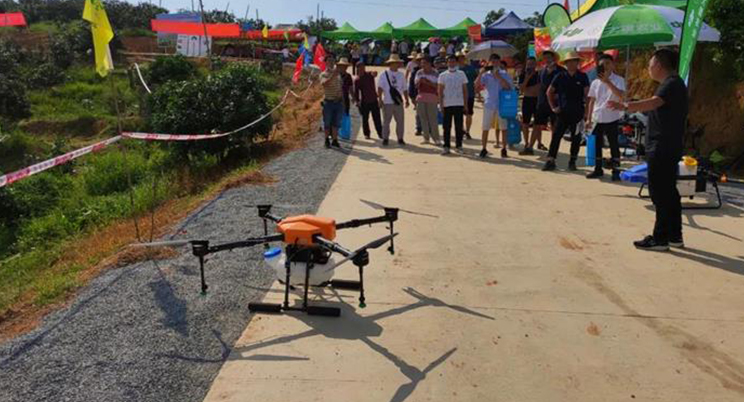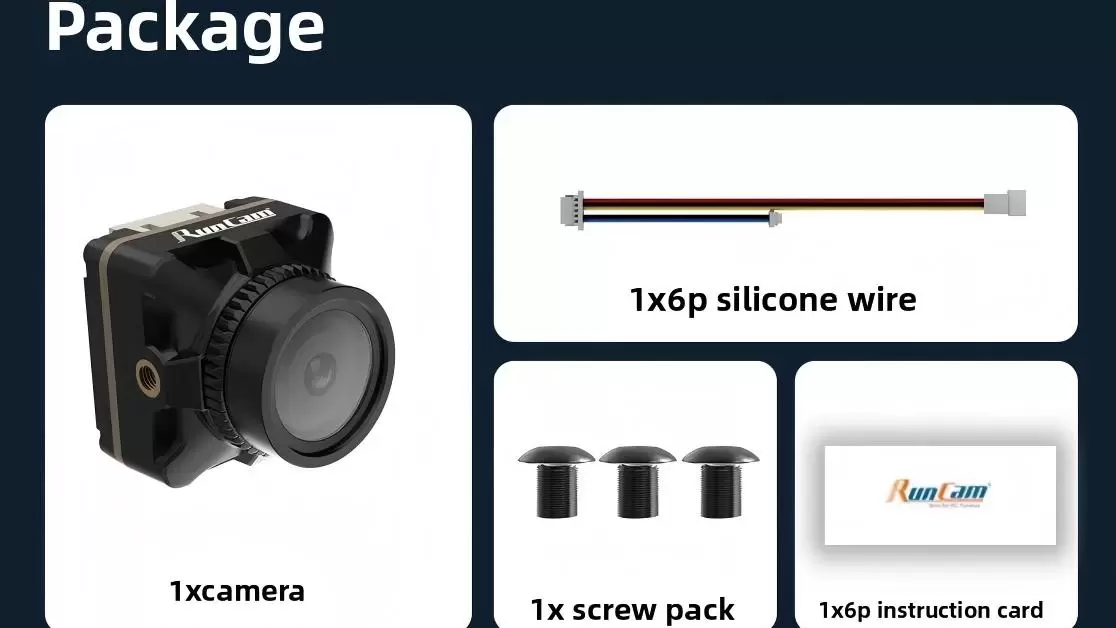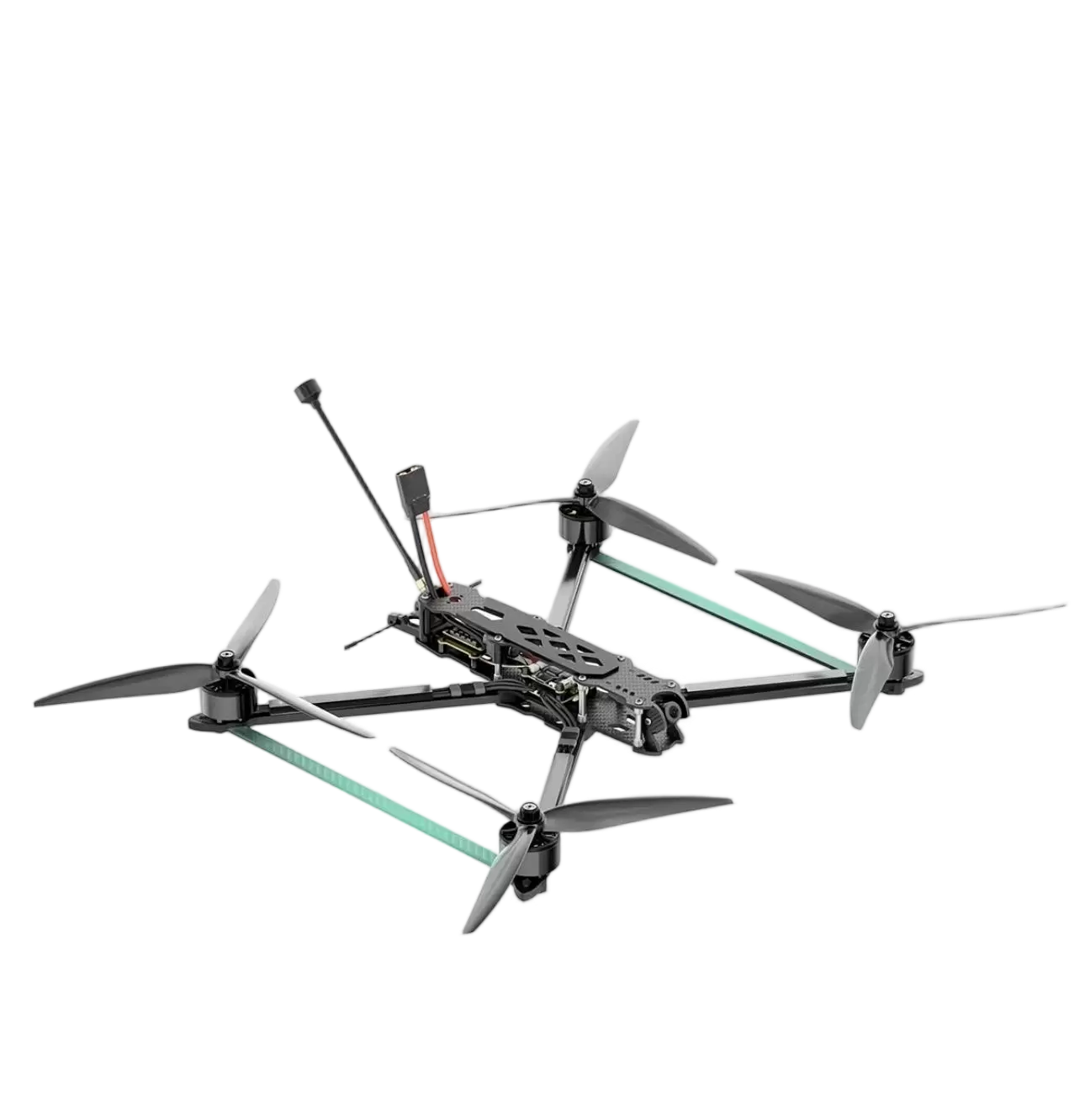1. Precision Spraying: Targeting Weeds, Not the Whole Field
- •
The Wow Factor: Drones can identify specific weeds or diseased plants using multispectral imaging, spraying herbicides or pesticides only where needed. This slashes chemical use by up to 90%, protecting soil health and reducing costs.
2. Smart Mapping and Crop Monitoring
- •
The Wow Factor: Early detection of pests, irrigation issues, or nutrient deficiencies allows farmers to act before problems spread. Some advanced drones even create 3D field models to predict yield trends.
3. Efficient Seeding and Planting
- •
The Wow Factor: This method boosts reforestation and crop reseeding efficiency by 10 times, especially useful for restoring eroded landscapes or planting cover crops between seasons.
4. Data-Driven Decisions: The Farm’s Digital Twin
- •
The Wow Factor: AI algorithms analyze drone data to recommend optimal harvesting times, irrigation schedules, and fertilizer blends—turning guesswork into precision.
5. Disaster Management and Insurance
- •
The Wow Factor: In minutes, drones capture post-disaster imagery that would take days to gather manually, helping farmers secure aid before it’s too late.






